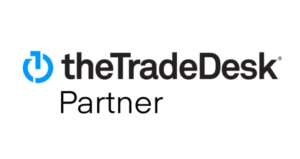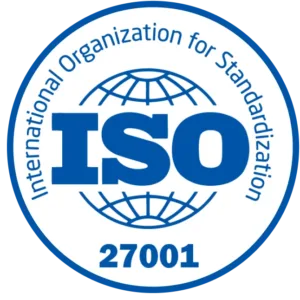A fast-growing e-commerce company has seen substantial online traffic and sales growth over the past year. However, with multiple campaigns running across various channels, including social media, search, email, and affiliate marketing, the brand needed clarification about which campaigns genuinely contributed to their success and which might be redundant or underperforming.
The Objective
To determine the actual incremental value of each marketing channel and optimize budget allocation for maximum ROI.
Approach
The e-commerce brand decided to conduct an incrementality test, specifically using Randomized Control Trials (RCTs) for its major marketing channels.
Setting up Control and Test Groups
For each channel, a subset of the audience was randomly selected to be excluded from seeing a specific campaign (control group). In contrast, the rest of the audience was exposed to the campaign (test group).
Campaign Execution
Campaigns ran simultaneously across the channels for a predefined period. It was ensured that the control group for one channel was not exposed to any campaigns from other channels during the testing period to maintain purity.
Data Collection
At the end of the campaign, the ecommerce brand collected data on conversions, click-through rates, average order values, and other KPIs for both test and control groups across all channels.
Findings
- The email campaign had the highest incremental impact, with a 15% increase in conversions in the test group compared to the control group. This finding was surprising because most resources were allocated to social media campaigns.
- Affiliate marketing also showed a positive incremental effect, though less significant than email.
- While the social media campaigns had the highest overall conversions, their incremental impact could have been more minimal. The test and control groups showed negligible differences, indicating that these campaigns might be reaching users who would have converted anyway.
- Search campaigns had moderate incremental value, especially for specific high-intent keywords.
Action Steps
The brand increased its email marketing investment, focusing on further segmenting its audience and personalizing content. They negotiated better terms with their affiliates, leveraging the knowledge of their campaign’s impact. The brand reconsidered its social media strategy, exploring options like targeting different audience segments or revising ad content and creatives. The insights also encouraged the brand to investigate search keyword optimization and invest more in high-intent keywords.
Results
After reallocating their marketing budget based on the incrementality test results, they saw a over the next quarter. The study provided clear evidence of the power of incrementality testing in understanding the actual value of various marketing efforts.
Conclusion
Incrementality testing offered the ecommerce brand actionable insights that led to data-driven decisionmaking. By discerning the genuine incremental value of each channel, they could optimize their marketing spend, demonstrating the profound impact of understanding true campaign effectiveness.



















































